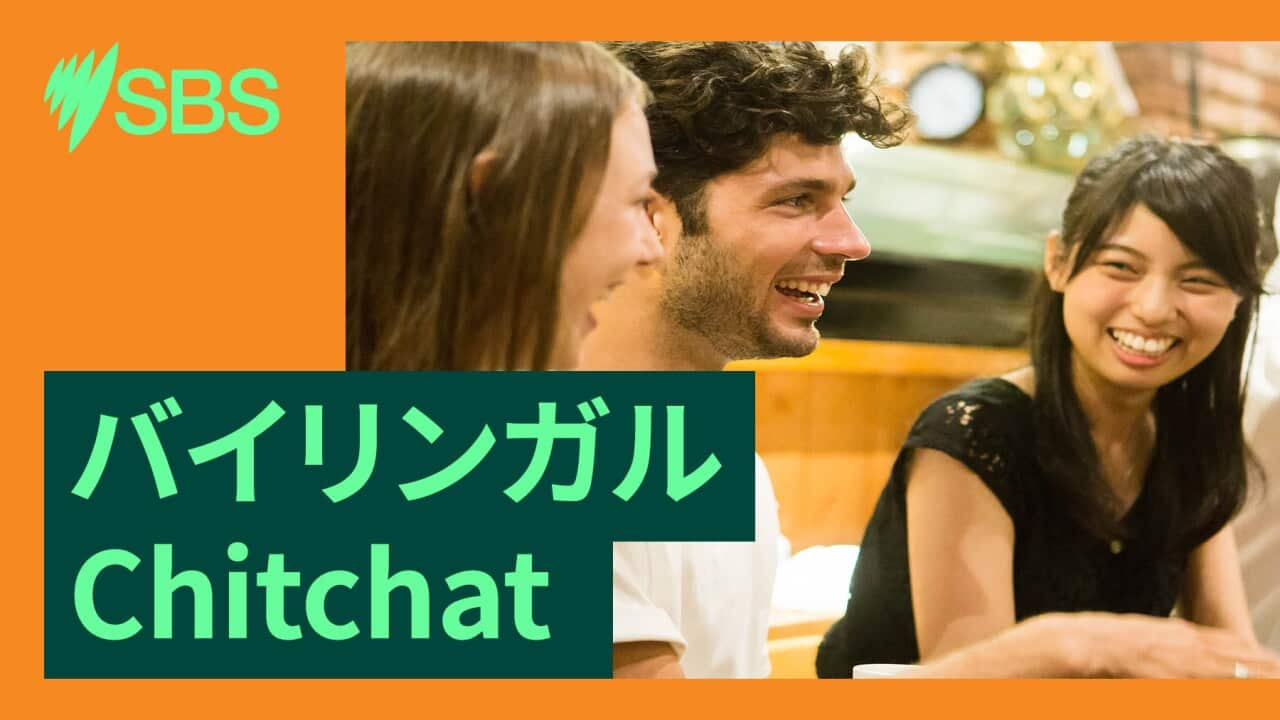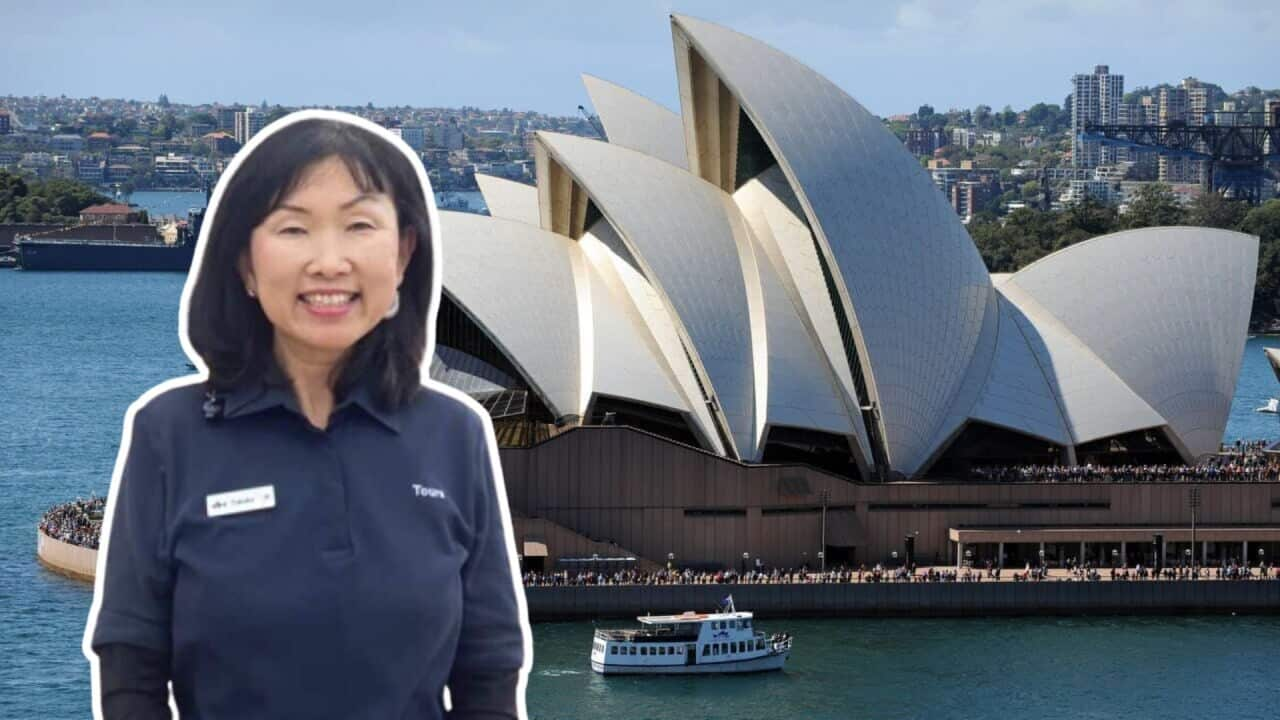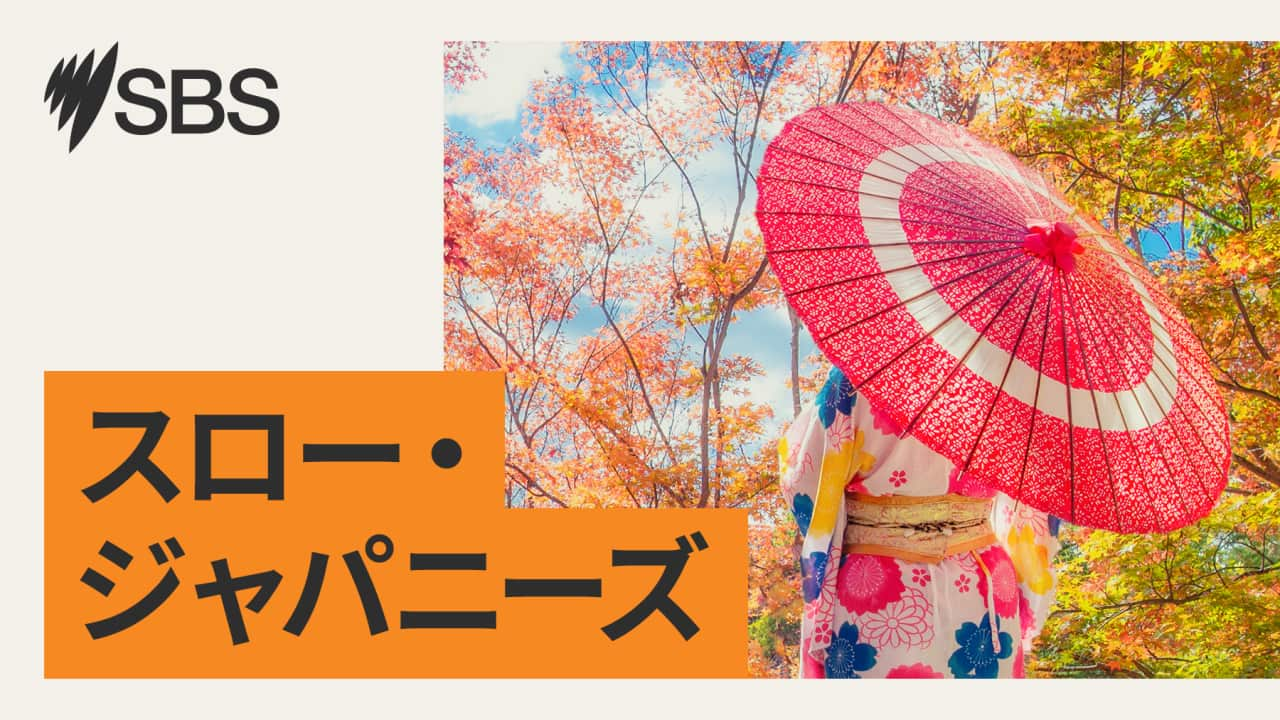Highlights
- The Sydney Opera House started its tours in languages other than English in 2006.
- It now offers tours in French, German, Japanese, Korean, Mandarin and Spanish, as well as English.
- Takako Crawford, one of the icon’s original Japanese tour guides, says competition was tough to land the job.
Takako Crawford is one of the original Japanese tour guides at the Sydney Opera House and has been performing the role with pride for 17 years now.
“Every time I talk about the Sydney Opera House, it warms my heart as if I’m talking about my home. I don’t want it to get damaged or dirtied,” she told SBS Japanese.

Takako Crawford, a Japanese tour guide at the Sydney Opera House, poses in front of the landmark shortly after she started the job in 2006. Credit: Takako Crawford
What a wonderful job I have.Takako Crawford
Welcoming tourists
The Sydney landmark started its tours in languages other than English in 2006 to accommodate the influx of visitors from Asian countries.
It started with Japanese, Mandarin and Korean. Later French, German and Spanish were added, so today tours are available in seven languages, including English.
According to its website, the Sydney Opera House attracts 10.9 million visitors a year. Japanese tours run five times a day.
Reflecting on the recruitment process in 2005, Ms Crawford felt her cheerful personality and hospitality helped her get the job.
“(The competition) was tough. Many people applied. I was worried,” she said.
“During the job interview, I was asked to do a mock tour guide. I’m from Aomori, which celebrates Nebuta Matsuri, one of the most spectacular festivals in Japan. So I pretended to be a guide for the festival and even demonstrated its Nebuta dance. Everyone loved it.”

From left: Japanese tour guides Kozue Nakajima and Takako Crawford with Korean tour guide Hannah Kim. Credit: Sydney Opera House
Ever-changing landmark
The four Japanese women eventually selected for the job started by deciding what to say and how to say it.
"The training was conducted in English. So, we started from translating what we learnt. We checked each other's translation. The good thing was that our supervisors had deep cross-cultural understanding. We were allowed to adjust content," Ms Crawford said.
“It was a challenge. But we had fun. We still don’t have a how-to manual in Japanese. A newly-hired guide will take training in English, translate what they learnt by themselves, and share it with other guides. We still check each other’s translation.”
In Japan, American English is taught at school and some words are adapted into everyday Japanese conversation, so Takako and others were mindful in switching words like "lift" to "elevator".
“Japanese visitors want to know if the Sydney Opera House has earthquake protection, so we added it to the original script. And we talk about Japanese artists who appear in current and past shows.”
Currently there are seven Japanese guides and what they say to visitors is always being updated.
“Of course, there is not much change about the history and structural details. But we had a major renovation recently and you need to know the ‘before and after’. The programs are literally ever-changing, too,” Ms Crawford said.
This year, there are more events than ever to celebrate the icon’s 50th birthday.
Getting up close and personal
The number of participants for a 30-minute tour varies from just one to a maximum of 46. The profile of visitors has also changed over time.
“We used to have more people attending a tour as part of their group package, so there were some people who were not interested in the Sydney Opera House. But now, we have more Japanese solo travellers. People who attend a tour are genuinely interested and would like to know more about the landmark.”

Takako Crawford, one of the original Japanese tour guides at the Sydney Opera House. Credit: Takako Crawford
In 1986, during her third year working for a company in Japan, Ms Crawford started to question if she was happy with her life as it was. She took the plunge and came to Australia as a working holiday maker.
"The shape of the Sydney Opera House was very different from anything I had seen before. I found some people sitting on the stairs outside. That made me realise that I was not in Japan anymore. Because in Japan, we don't do that (sitting on stairs)," Ms Crawford recalled.
Even after 17 years on the job, Ms Crawford said she never gets tired of interacting with tour participants.
"I get nervous when I do a tour for experts like a group of architects. I feel relieved and happy when they say they enjoyed the tour. Sometimes participants ask me for a handshake. I get to see many Japanese people from different ages and backgrounds.”
You get asked unexpected questions sometimes, like ‘by the way, what is opera?’Takako Crawford
Ms Crawford also enjoys the company of colleagues, not only the Japanese team but also guides from the other six languages.
"Before working as a guide, I thought the only way you could the Sydney Opera House was through opera performances. That's not true. When I learned that the opera house was going to have a cabaret-style show, I couldn't believe it at first."
Ms Crawford said that through her work, she has learned not only Australian history and culture, but also various arts from classical to contemporary.
"I feel the movement of the times here. My job brings excitement in my life. And I have made many friends."
There is only one thing Ms Crawford doesn’t like so much.
“So many steps … you need to go up and down the stairs again and again (as a guide)," she laughed.
LISTEN MORE

Bilingual Chitchat









